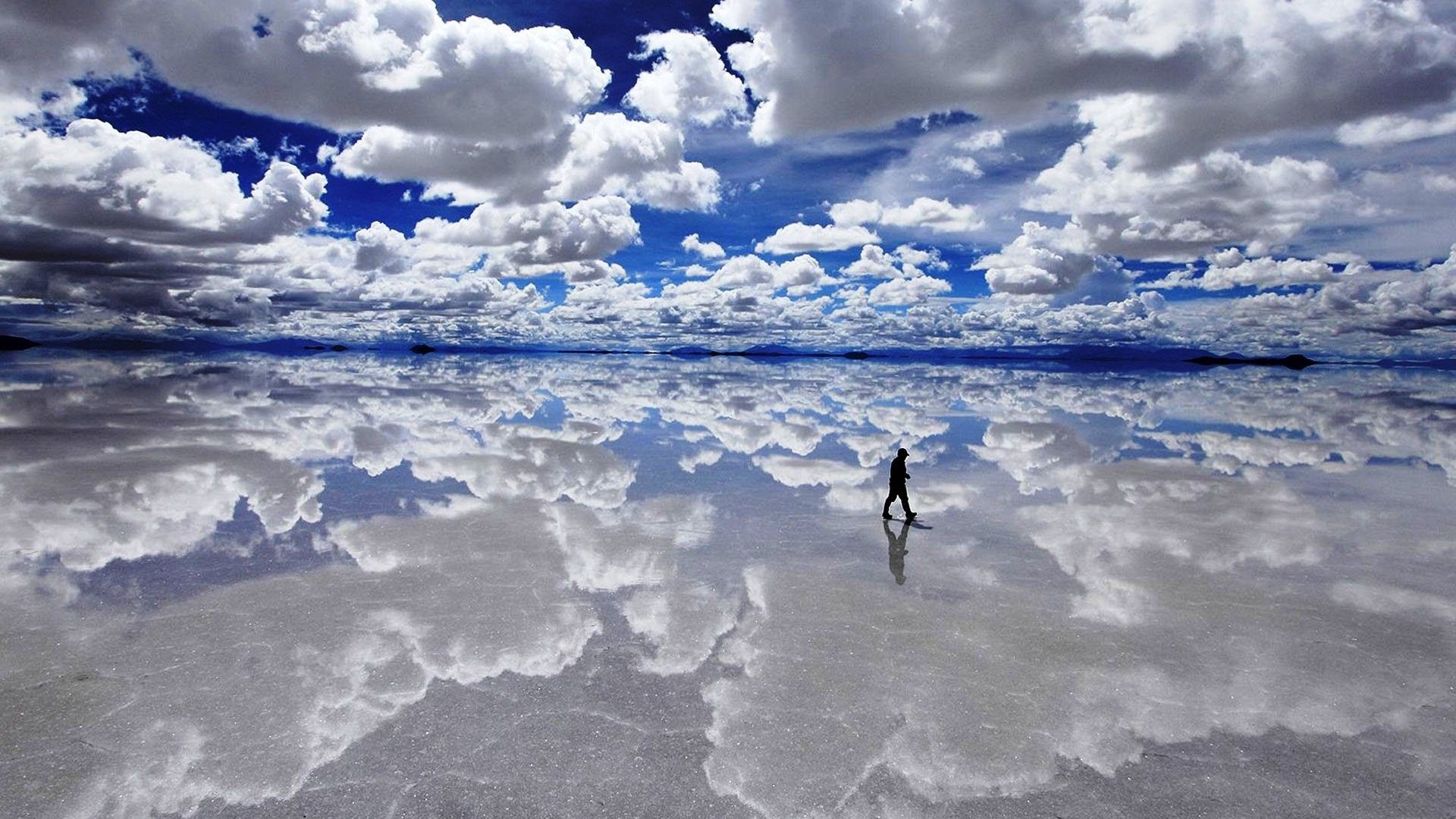RIO DE JANEIRO, BRAZIL – The amazing immensity of the Salar de Uyuni, Lake Titicaca, and the Sajama, the highest mountain in the country, are the secrets with which Bolivian tourism aspires to seduce visitors, said in an interview with EFE Bolivia’s Deputy Minister of Tourism, Eliana Ampuero
The deputy, minister of Luis Arce’s government, stressed that since 2021, there was a greater flow of Bolivians moving around the country’s tourist destinations, so this year will continue to boost domestic tourism, especially natural and outdoor areas.
“The current tourist trend is to move towards natural areas in open spaces where they can be in contact with nature and feel safe from covid-19,” Ampuero indicated.
Read also: Check out our coverage on Bolivia
She also pointed out that last year there was a movement of 1.1 million people moving around the national territory, which has generated an economic flow of approximately US$130 million.

Ampuero recalled that among the most visited tourist destinations in 2021 is the emblematic Salar de Uyuni, located in the Andean region of Potosi, Lake Titicaca, the highest navigable lake in the world shared with Peru, the ruins of Samaipata in eastern Santa Cruz, declared a World Heritage Site by Unesco.
REACTIVATION OF LOCAL TOURISM
The Vice Minister of Tourism highlighted the increase of Bolivian tourists and the government’s incentives to the officials who choose the destinations within the country.
In that sense, she highlighted the “important effect” of the 2020 supreme decree that motivates civil servants to buy tourist packages and that companies give special permits increasing vacation days to their workers while traveling to some destination within the country.
“If the Bolivian continues to know his country, the economic dynamics will be distributed throughout the national territory; it is crucial to generate knowledge, development and on the other hand that his country empowers the Bolivian”, she stressed.
The official explained that this represents a recovery of around 70% of the internal movement compared to 2020 when tourism fell by 74% and had a flow of approximately 300,000 Bolivians due to the restrictions due to covid-19.
She also emphasized that in 2019, before the pandemic, there was an internal movement of 1.6 million people.
In the same way, it is estimated that around 500,000 travelers arrived in the country in 2021, including Bolivians residing in other countries generating a foreign exchange income of 179 million dollars.
Most of the tourists arriving in Bolivia come from Argentina, Chile, Brazil, France, Germany, Italy, China, and Japan, Ampuero commented.
BIOSAFETY TOURISM
The vice-minister emphasized that now tourists do not have to make a 10-day quarantine as previously required but must present their vaccination certificates or PCR tests. It is expected that this measure will contribute to activating the “receptive” tourist flow.
She also stated that they seek to identify other “emerging” destinations that will be promoted this year. Since 2021 they have been working with at least 55 municipalities to develop their “tourism products” and be trained in biosecurity protocols.
Likewise, 391 tour guides have been trained, and 342 companies have already been certified as biosecure tourism service providers by covid-19.
Tourism is one of the sectors hardest hit by the pandemic. Many of the guides have decided to pursue other economic activities or are unemployed, Alan Huaman, president of the Bolivian Federation of Tourist Guides, told EFE.
With information from EFE

